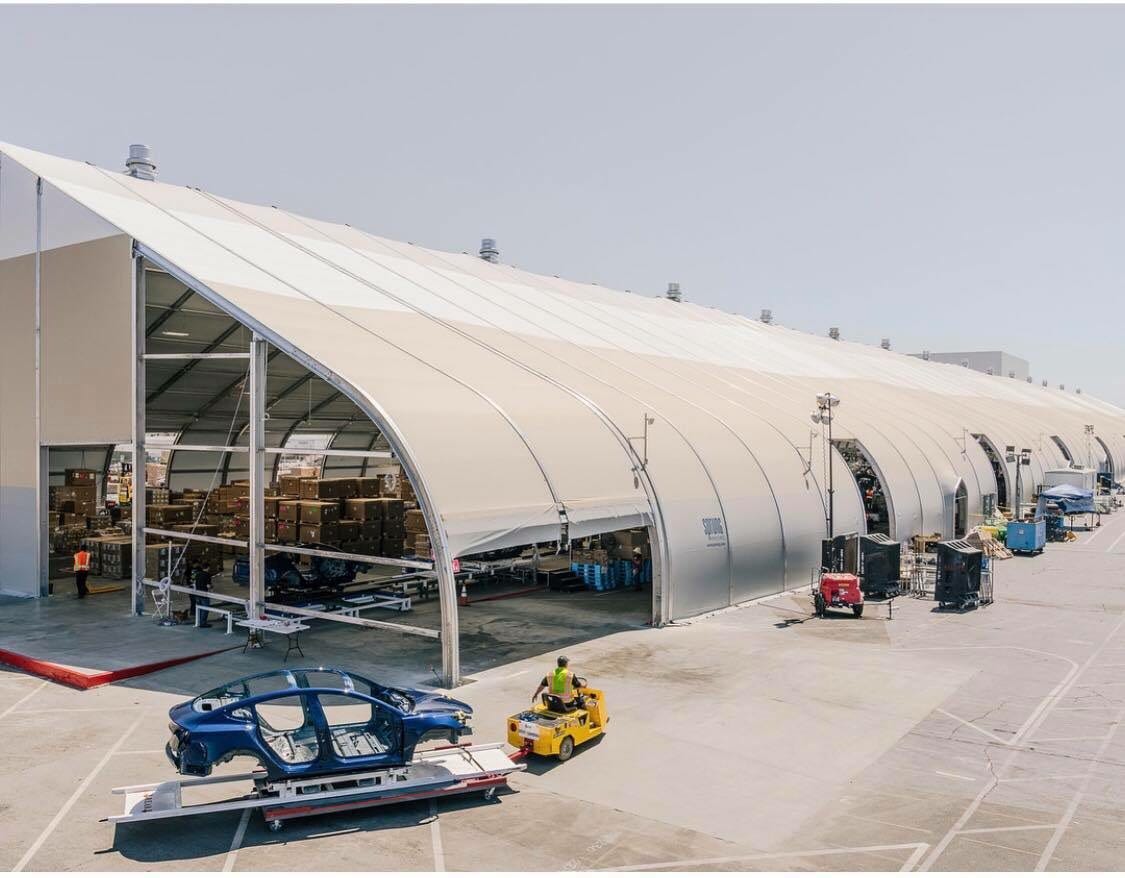👋 Happy Saturday! This week’s highlights include lecture notes on why good factory design starts with managing randomness (not machines), a quick reference for choosing the right RF cable based on frequency and connector type, and what it takes to build a device that throws lightning.
Interesting Lecture Notes: Fundamentals of Factory Design
Factories aren't complicated because they're full of machines. They're complicated because they're full of randomness. Designing a great factory means engineering out that variability (random downtime, fluctuating cycle times, unexpected rework) from the start.
This lecture from MIT introduces manufacturing systems engineering—a field of study that deals with the systematic design and operation of factories. If you've spent time on a shop floor, you've likely noticed that manufacturing engineering often lags behind other fields with vague slogans or principles like "Lean Six Sigma" without a deep understanding of the underlying systems. A more rigorous, first-principles approach recognizes factories as complex statistical systems, which should be intentionally designed and operated to minimize the creation, propagation, or amplification of uncertainty, variability, and randomness.
One of our favorite sections in the lecture notes covers different system types (loops) and their real-world applications:
Closed Loop: A fixed set of pallets or fixtures circulates through a predefined path of workstations. Common in CNC machining cells, where each machine is optimized for a specific task (e.g. roughing, finishing), allowing multiple operations to run in parallel.
Reentrant Loop: Work-in-progress items revisit the same equipment multiple times at different stages of processing. Typical in semiconductor fabs, where wafers loop back to the same tools (e.g. etching, deposition) as part of multi-pass workflows.
Rework Loop: Failed parts are diverted from the main line, repaired, and reintroduced into production but not in a fixed sequence or timeline. Common in PCB assembly lines, where boards that fail inspection are sent to a rework station.
A relevant quote from Tesla’s ‘production hell’ while scaling Model 3 production:
"It's relatively easy to make a prototype but extremely difficult to mass manufacture a vehicle reliably at scale. Even for rocket science, it's probably a factor of 10 harder to design a manufacturing system for a rocket than to design the rocket. For cars it's maybe 100 times harder to design the manufacturing system than the car itself."

Interesting Chart: RF Cable Selection
A handy reference for selecting RF cable assemblies based on size constraints, frequency range, and connector type—ranges from ultra-miniature assemblies to large cables with BNC, SMA, BMA, and Type F connectors. The general idea is to start by determining the required frequency range and impedance of your system, then select cable assemblies (both connectors and cables) that maintain low loss and impedance matching across that range.
Sponsored: Presented by nTop
Get $50 to help improve the tools you use every day!
nTop is interviewing aerospace engineers to better understand how you design mechanical and thermal components — and where current tools fall short.
It’s a 30–45 minute technical conversation. No sales. No fluff. Just your honest take to help shape better engineering software.
👉 $50 Amex gift card for your time. Sign up here if you're interested!
Interesting Video: Designing a Device to Throw Lightning
What if you could throw lightning on command? Part physics lesson, part mad science, this video walks through the design and testing of a home-built plasma cannon that can fire directed energy bolts through air. The device exploits the Lorentz Force, using a rapid current pulse through a thin conductor to generate a self-compressing magnetic field. If the current rises fast enough, the Lorentz Force overcomes the wire’s tendency to explode, collapsing the conductor into a dense plasma channel capable of guiding high-current arcs, essentially forming an artificial lightning bolt.
To achieve the necessary current rise times, the system requires an extremely fast, high-voltage pulse. He uses a Marx Bank: capacitors charged in parallel, then fired in series through spark gaps to generate a single 210,000-volt pulse. The result is a plasma arc with tens of thousands of amps. Start at 9:18 for the full theatrics!
Refer a Friend, Earn Rewards 🎁
Refer just one friend to Hardware FYI, and we’ll send you our complete database of resources—every design guide, article, white paper, and more.
Manufacturing & Startup News
More leftovers from our weekly research in hardware and manufacturing news:
Neros raised $35M Series A for onshore US drone manufacturing.
AmpereHour raised $5M for energy management software that optimizes battery performance for renewable energy integration.
Reverion received ~$21.1M from the European Innovation Fund for modular container based power plants.
Radical Dot raised $2.9M for plastic waste conversion technology.
Maneva secured $10M for their video-to-action factory automation AI.
Quantum Systems acquired AirRobot to ensure critical capabilities for the German military.
Thanks for reading to the end - if you’ve enjoyed the mechanics of these insights, consider sharing this issue with a fellow enthusiast!










